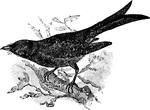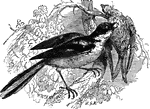Clipart tagged: ‘shrike’
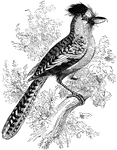
Batara
Taking its name from the Azara people of South America, the batara is the largest of the shrikes.
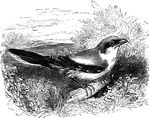
Great Butcher-Bird
Also known as the gray shrike, the great butcher-bird is known for securing its prey to thorns so that…

Shrike
The shrikes are hawklike in appearance and in habits, having a hooked beak and sharp claws. They impale…
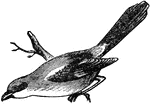
Shrike
A genus of birds of the insessorial family, and widely distributed in America, Eurasia, and other continents.…

Great Grey Shrike
The shrikes are known to impale their prey on the thorns of bushes and hedges, (Figuier, 1969).
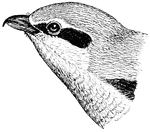
Great Grey Shrike
The Great Grey Shrike (Lanius excubitor) is a member of the shrike family. The Great Grey Shrike breeds…

Magpie Shrike
Found in Guiana and Brazil, this shrike draws its name from its resemblence to the magpie.
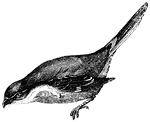
Red-Backed Shrike
The shrikes are known to impale their prey on the thorns of bushes and hedges, (Figuier, 1969).
